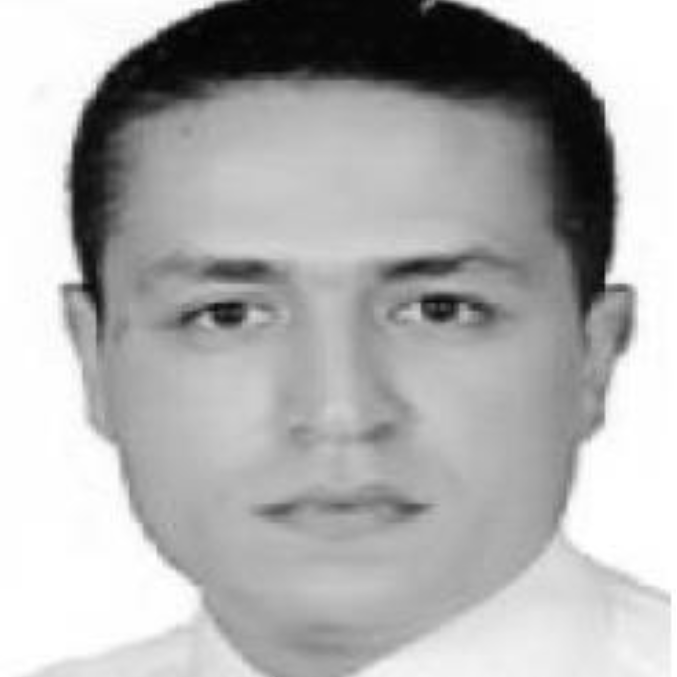
Omar Said
Work place: Department of Information technology, College of Computers and Information technology, Taif University, Saudi Arabia
E-mail: o.saeed@tu.edu.sa
Website:
Research Interests: Computational Science and Engineering, Computer systems and computational processes, Multimedia Information System, Theory of Computation, Models of Computation
Biography
Omar Said is currently assistant professor at Dept. of Computer Science, Taif University,
Taif, KSA. Also, he is an assistant professor in the Dept. of Computer Science, Menoufia
University, Egypt. He received Ph.D degree from Menoufia University, Egypt. He has
published many papers at international journals and conferences. His research areas are
Computer Networking, Internet Protocols, Multimedia Communication, and wireless
Communication, Internet of Things.
Author Articles
Optimizing Concentric Circular Antenna Arrays for High-Altitude Platforms Wireless Sensor Networks
DOI: https://doi.org/10.5815/ijcnis.2014.05.01, Pub. Date: 8 Apr. 2014
Wireless Sensor Networks (WSN) has gained interest in many applications and it becomes important to improve its performance. Antennas and communication performance are most important issues of WSN. In this paper, an adaptive concentric circular array (CCA) is proposed to improve the link between the sink and sensor nodes. This technique is applied to the new High – Altitude Platform (HAP) Wireless Sensor Network (WSN). The proposed array technique is applied for two coverage scenarios; a wider coverage cell of 30 km radius and a smaller cell of 8 km radius. The feasibility of the link is discussed where it shows the possibility of communications between the HAP sink station and sensor nodes located on the ground. The proposed CCA array is optimized using a modified Dolph-Chebyshev feeding function. A comparison with conventional antenna models in literature shows that the link performance in terms of bit energy to noise power spectral density ratio can be improved by up to 11.37 dB for cells of 8 km radius and 16.8 dB in the case of 30 km radius cells that make the link at 2.4 GHz feasible and realizable compared to using conventional antenna techniques.
[...] Read more.Innovative Large Scale Wireless Sensor Network Architecture Using Satellites and High-Altitude Platforms
By Yasser Albagory Fahad Al Raddady Sultan Aljahdali Omar Said
DOI: https://doi.org/10.5815/ijwmt.2014.02.02, Pub. Date: 8 Mar. 2014
Wireless sensor network has many applications and very active research area. The coverage span of this network is very important parameter where wide coverage area is a challenge. This paper proposes an architecture for large-scale wireless sensor network (LSWSN) based on satellites and the High-Altitude Platforms (HAP) where the sensor nodes are located on the ground and a wide coverage sink station may be in the form of a satellite or a network of HAPs. A scenario is described for multilayer LSWSN and a study for the system requirements has been established showing the number of Satellites, HAPs and coverage per each sink according to the elevation angle requirements. The Satellite-HAP-Sensor multilayer LSWSN architecture has the feasibility for effective energy and earth coverage and is optimum for covering largely sparse regions.
[...] Read more.Other Articles
Subscribe to receive issue release notifications and newsletters from MECS Press journals